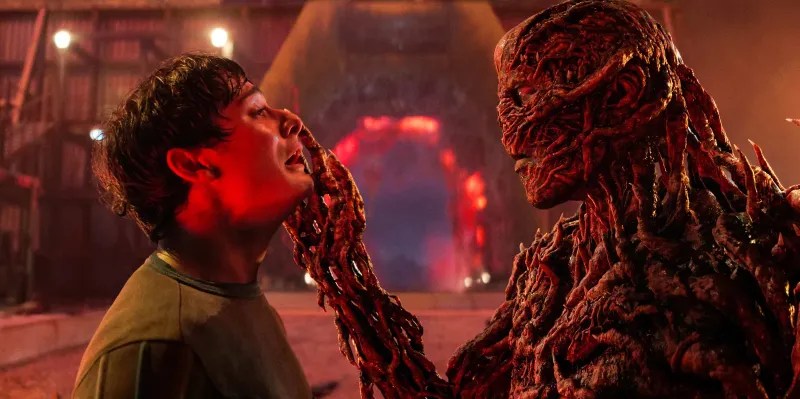Ever since Netflix emerged as an entertainment force in the early 2010s, TV networks have been playing catch-up.
The problem has been that the networks have always been a few steps behind and have usually employed solutions that worsened their situation instead of improving it.
The main issue at the heart of TV’s struggle against streaming has been how the networks can maintain their linear business while adapting to market forces unleashed by streaming giants, including algorithm-based recommendations, talent lured away from TV and changes to when consumers view new content in the face of overwhelming choice.
The traditional TV business was caught by surprise when Netflix took off. The irony of this was that in search of a quick buck, many networks licensed their older content to Netflix, which in turn helped to propel the service’s boom.
In response, the emergence of Hulu as an industry-backed service was the first step in the erosion in value of the pay TV bundle and the beginning of TV’s efforts to cannibalize itself. In the era where every media company has at least one, and frequently several, SVODs, it is worth recalling that in 2016 Hulu was owned by Fox, Disney, Comcast and Time Warner’s Turner networks, with Viacom also making its content available on the platform.
This was an attempt to beef up against Netflix. The problem was the deal was too good. Most cable shows were available on Hulu the day after airing for $7.99 with limited ads and $11.99 with no ads.
If you were a TV viewer mostly interested in the fare from these media companies and not in cable news or sports, paying $70 or more for basic cable or $35 or more for a VMVPD package seemed a colossal waste of money and helped to hasten cord-cutting.
The instant availability of content online for a price much cheaper than pay TV has remained a constant issue for the networks, as well as being a flawed and reactionary strategy. Of the many streaming services launched in the last few years, only three — CNN+, ESPN+ and Fox Nation — have begun with a strategy designed not to cannibalize the core TV business and instead are services offering complementary programming to brand or genre fans.
CNN+ is an excellent case study. While the service offers live fare daily, that ceases at 8 p.m. so as to not impinge upon viewership of the primetime opinion shows that are CNN’s biggest moneymakers.
Brand cannibalism is not the only way networks eroded their value in the eyes of the consumer. VIP+ has extensively covered the state of pay TV and how subscriber numbers continue to fall, but it is important to note that those subscriber losses have not yet impacted network profits.
The networks have been steadily charging the remaining consumers more for their service. At the same time, they have been steadily cutting back the number of originals they were airing.
This strategy appears reckless when assessed in the cold light of day. In an environment of increased competition and low-cost rivals, traditional TV has decided the best way to compete is to charge the remaining consumers more for less. No wonder 10 million canceled service completely in the last five years.
This is compounded by how networks are treating their streaming services. Instead of going for a strategy designed to protect pay TV — say, windowing content for pay TV for several months before moving it to streaming, as Paramount has done with hit “Yellowstone” — the networks have opted both to transfer assets away from TV to their streaming services and make TV content available ASAP on their SVODs.
In essence, this is saying to consumers that while it was once possible to pay a flat fee to watch all the content networks produced, now they must pay more for fewer shows and additionally shell out for their streaming services that feature high-quality originals once destined for TV, as well as their favorite shows the day after they air.
Unsurprisingly, offering much more content to consumers has seen the majority of networks see audience declines. While viewers undoubtedly have shifted to viewing on a nonlinear schedule, it perhaps was not the wisest decision to help enable this on a massive scale.




